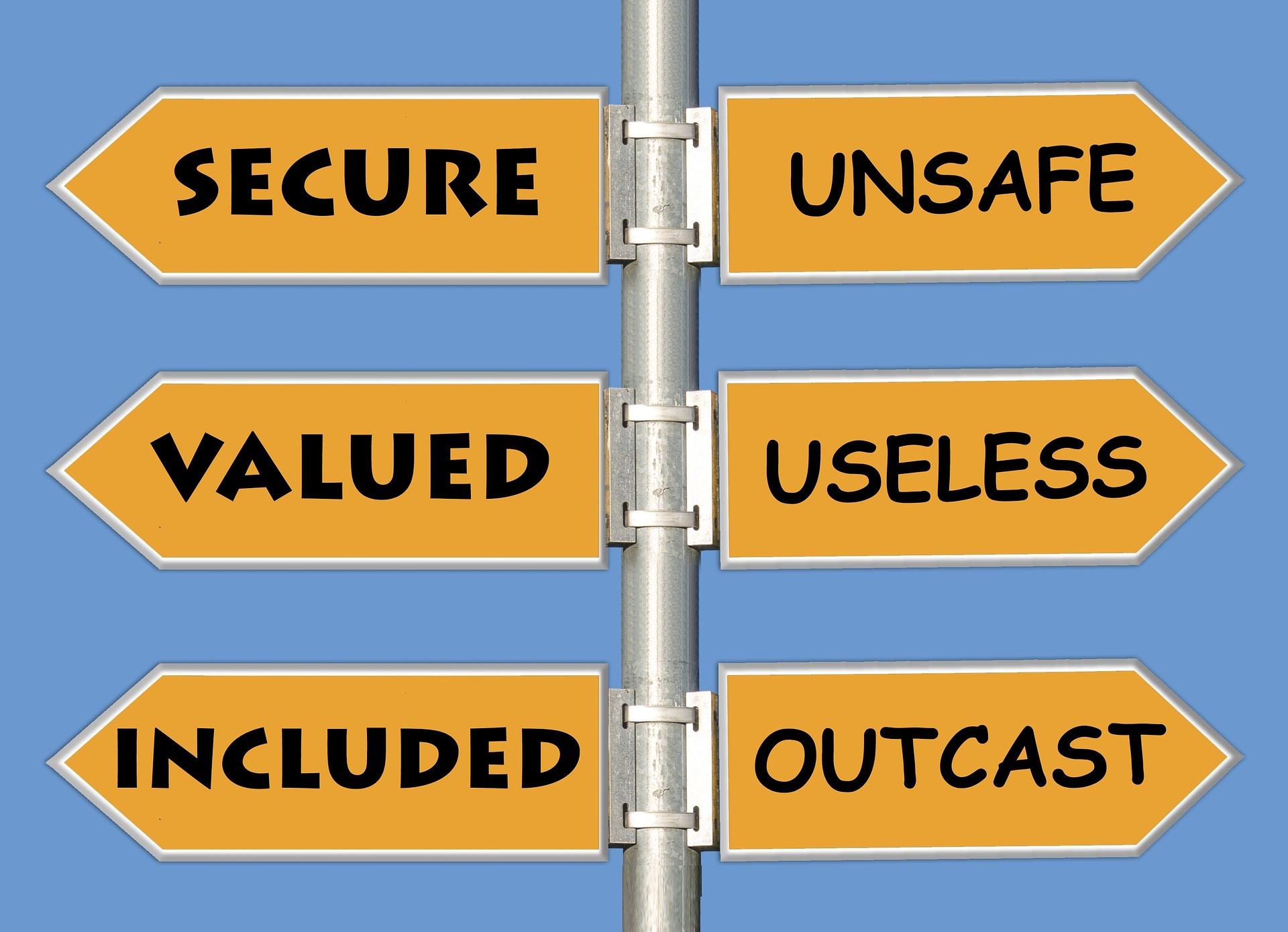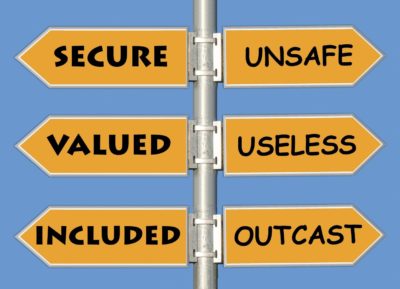Decision Making Process?

How do you make a decision? It may not be as straightforward as you think!
Many years ago, I ran a workshop with a group of London solicitors using MBTI (Myers Briggs Type Indicator) a personality preference tool, which helps people understand their preference in key areas of their life. How they:-
- Recharging their batteries
- Process information
- Make decisions
- Live their lives.
There are 4 pairings for each area, and I was asking questions to help them to assess themselves. In this way, they could not only see and discuss their choices, but also recognise how others operate differently.
The one preference that stood out for me then, and now, was the decision making one.
In the MBTI preference pairs, there are 2 ends of a spectrum. In the case of the decision making one, at one end is the T(hinking) and at the other end is F(eeling). Without going into too much detail the:-
Thinking preference includes:
- Logical analysis to reach conclusion
- Focusing on the task, rather than harmony
- A tendency to make decisions impersonally, regardless of other’s views
- Potentially upsetting people inadvertently by overlooking the emotional content of a decision
- Being firm minded
Feeling preference includes:
- Using values to reach conclusions
- Working best in harmony with others – concentrates on people
- Enjoying meeting other’s needs
- Letting decisions be influenced by their own and others opinions
- Being sympathetic and may even dislike (even avoid) telling people unpleasant things
Both can come to the same decision, but from completely different view-points. One is neither better, nor worse than the other. Because it is a spectrum, people can find themselves nearer the middle and therefore, actually contain the ability to be a bit of both.
Why This Was Interesting to Me?
Unsurprisingly, for my view at that time (10+ years ago), the majority of the team all moved over to the T (Thinking) side of the room.
And that makes sense right? When hiring solicitors’ we want them to be objective, factual and be able to reach the logical answer.
However, there were a few of the team on the other side in the F(eeling) side of the equation. There was the usual light hearted banter I have seen when using this exercise. The F’s in the room accusing the T’s of being ‘hard’, and the T’s saying that the F’s decision making was ‘soft’ (I will let you work out which is which!), which are all typical impressions one group may have over another.
But my last question for this part of the exercise, was to find out how they made a decision, when logic, the analysis and the data did not give them a firm answer, or not the answer they were not expecting, what did they do then?
It turns out they tapped into their ‘gut’ feeling, or inner knowing to make the final decision. This is the the part of us that we all have that actually ‘knows’ when something it right or wrong. Once people had a chance to think about this, more people moved out of the Thinking side and more into the middle, they became much more balanced. Why was this so interesting to me? Because all that data and logic was not the decision itself, it was research. When it came down to the final decision, there was probably influence from their ‘inner knowing’ (experience) and their ‘gut’ (feelings).
This ‘gut’ feeling, intuition, inner knowing is with us always, and we have not been encouraged to use it because we live in a world full of facts and data. We absolutely, need to analyse some things, ‘can I afford the next big purchase’, ‘ shall I take that role in this new organisation’, but sometimes it will only take us so far in the decision making process, we then need to tap into this deeper part of ourselves.
Do you have a difficult decision to make, and not sure what to do? Book now for a no obligation 30 minute call with me to see if I can help!

